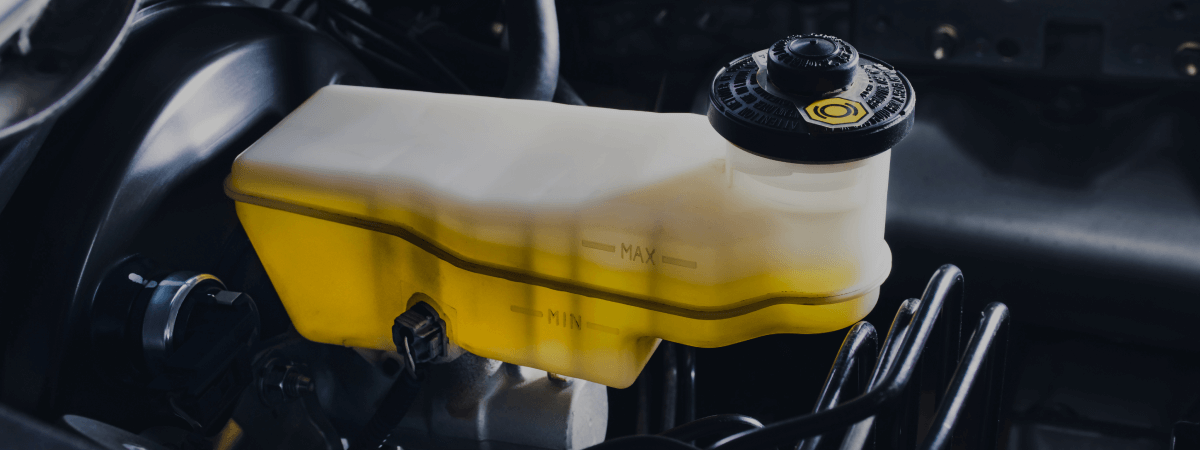[Click here to view a diagram showing how mufflers work]
A muffler is an attachment to the exhaust pipe, underneath an automobile, that allows exhaust to leave the engine and helps dilute the sound and, in general, reduce emissions at the same time. The original catalytic muffler was designed specifically to reduce the carbon dioxide and unburned hydrocarbons that get released into the air.
The level of sound produced by an auto engine is actually very high. If you have ever heard a car pass you by that was adapted with a special sound-releasing muffler, you have heard how loud engine noise can be. Caused by the rapid and intense vibrations, the sound can be very irritating to human ears.
In dual-chamber mufflers, the sound is reduced by using a special process to reduce the force of the sound waves before they exit the rear of the exhaust pipe. As the sound waves following the exhaust travel into the muffler, from the engine, into the closed section of the muffler, it causes a pressure buildup in the resonating chamber.
This pressure from the trapped gas causes the walls of the chamber, and thus the air inside it, to begin to vibrate. These vibrations, another sound wave, push back against the original waves, effectively reducing the sound. Then, the pressure, gas, and reduced sound waves are able to exit through an additional set of tubes. Thus the pressure is quickly released and the process starts over again.
Other mufflers use sound absorbing materials like glass wool (fiberglass) behind a perforated plate. In these mufflers, the pressured gas and sound enter an expansion chamber lined with insulating material that reduces the sound. However, this muffler design is far less effective than the dual-chamber muffler, and is thus not used as much anymore, for automobiles.
Related Posts
Key Takeaways On average, passenger vehicle tires last 40,000 to 60,000 miles, depending on type, driving habits, and maintenance. Replace tires when tread depth reaches 2/32”, if damaged, or older than 10 years. Regular rotation, alignment, and proper inflation extend tire life. Aggressive driving, poor roads, and harsh weather shorten tire lifespan. Take advantage [...]
When you think about car maintenance, you probably focus on oil changes, tire rotations, and maybe even brake pad replacement. But what about your brake fluid? If you’ve ever wondered, “What does brake fluid do?” or “Why is brake fluid important?”, you’re not alone. Brake fluid might not be the most talked-about part of [...]
Is that high-pitched squeal from your brakes driving you—and everyone else—crazy? Don’t ignore it. Squeaky brakes aren’t just annoying, they’re your car’s way of saying something needs attention. Whether you're cruising through Salt Lake City or winding up Idaho’s mountain passes, here’s what’s likely going on, how you can fix it, and when it [...]





